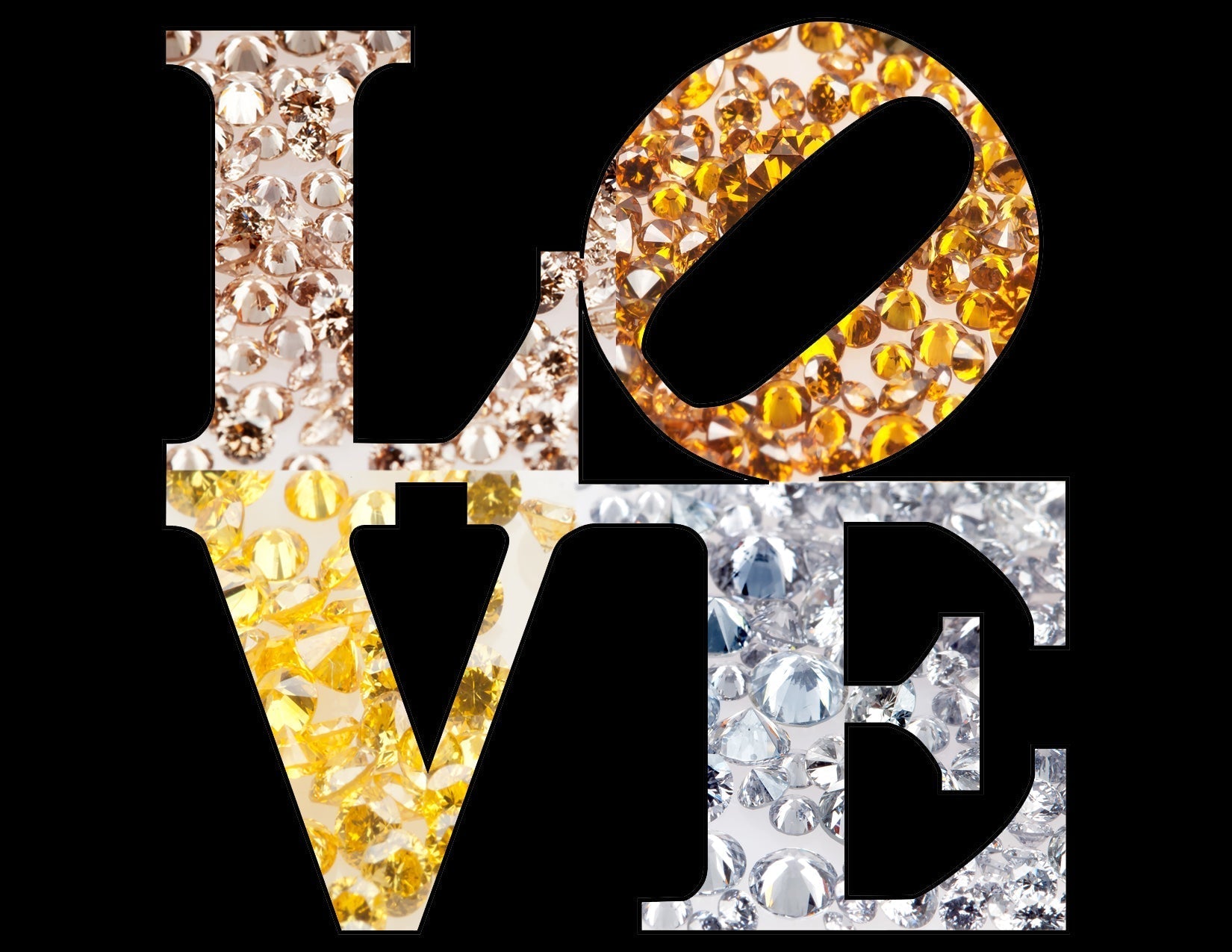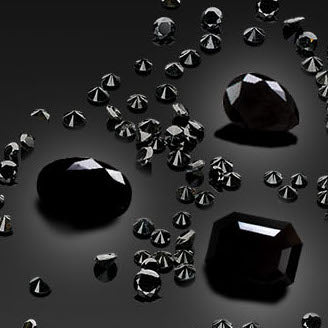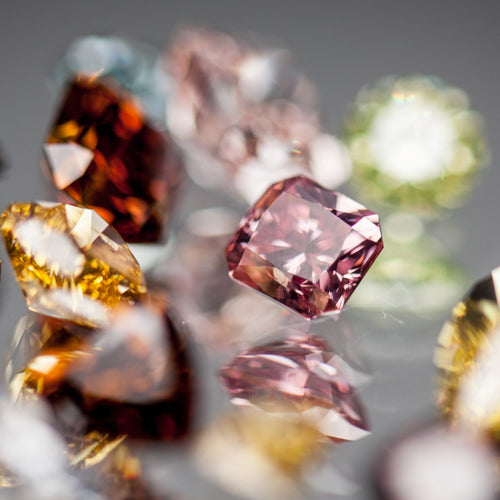





Natural Color Diamonds Shine in Rapaport’s Special Supplement

Established in 1965, Langerman Diamonds has pioneered the field of natural color diamonds and is famous for amassing the largest collection and developing an intuitive naming system for over 350 different shades. Today, the company carries on with its mission of sharing about the unknown beauty of natural color diamonds with the world.
As a continuation of our efforts, we are excited to announce our partnership with Rapaport Magazine to bring you a special supplement. And in doing so, we hope to steer your interest to the individual beauty of these masterpieces, especially in the most unsuspecting colors, and share the tools and knowledge we use daily at Langerman Diamonds.
We invite you to visit our website and explore the colorful, dazzling world of natural color diamonds through its pages. Discover the exciting journey that color diamonds have followed, from ancient times to the 18th century and their 1960’s resurgence, before cementing the popularity they enjoy today. Be surprised by their rarity, and get inspired by six fantastic designers and their color diamond jewelry creations.
A Brief Introduction to Color Diamond History
Since antiquity to the 20th century, a wide range of color diamonds was discovered. Blue, soft pinks, reds, yellows and browns, gray, olive, and purple. From Brazil to India, and from Russia to Australia, natural color diamonds have been found in mines worldwide. These colorful stones captivated royals, maharajas, and aristocrats for centuries. There are even records of a diamond’s caste system in India: Depending on the person’s rank, they were allowed to own certain shades of color diamonds.
In the French court of King Charles VII, noblewoman Agnès Sorel became a trendsetter after wearing a 5-carat pink diamond ring--a gift from the monarch who had just made her his official mistress. Natural color diamonds have been revered as symbols of beauty and power for women ever since then.
This changed in 1948 when a clever marketing campaign promoting colorless diamonds in engagement rings became widely successful. “Diamonds are forever,” the ad read. And the rest was history. Every woman wanted colorless diamonds, so jewelers and designers acted on and followed with the increased demand. Everybody in the diamond industry wanted to trade, collect and work with colorless diamonds almost exclusively. Resulting in natural color diamonds being temporarily forgotten, only to resurface in Antwerp after the 1960s. Among a few other visionary collectors, Arthur Langerman helped shine a light back to color diamonds, their value, and their unique attributes.
Talking About Color Diamonds in Natural Terms
Being able to describe diamond colors naturally has been our founder Arthur Langerman’s mission since he started collecting and polishing the gems six decades ago. The Gemological Institute of America (GIA) offers a chart identifying different hues as a guide for describing color diamonds. This wheel aims to organize fancy colors by hue, tone, and saturation. But, although helpful for the trade, the phrase “fancy intense purplish-pink” doesn’t really connect with consumers to express the particular shade this name refers to.
This system also limits the spectrum to only 27 hues being described in a combination of seven words. In the luxurious world of fine jewelry, desire and emotion play an essential part. Evocative names that help visualize colors and suggest comparisons with familiar objects help awaken a color’s emotion in people’s brains. Think about a Canary diamond or an Olive diamond; these names call for very specific shades of yellow and green, respectively.
You’ll find over 150 diamond shades and their intuitive descriptive names within the first pages of Rapaport’s October 2021 Special Supplement.
We hope you enjoy reading and look forward to your feedback and questions about natural color diamonds.












